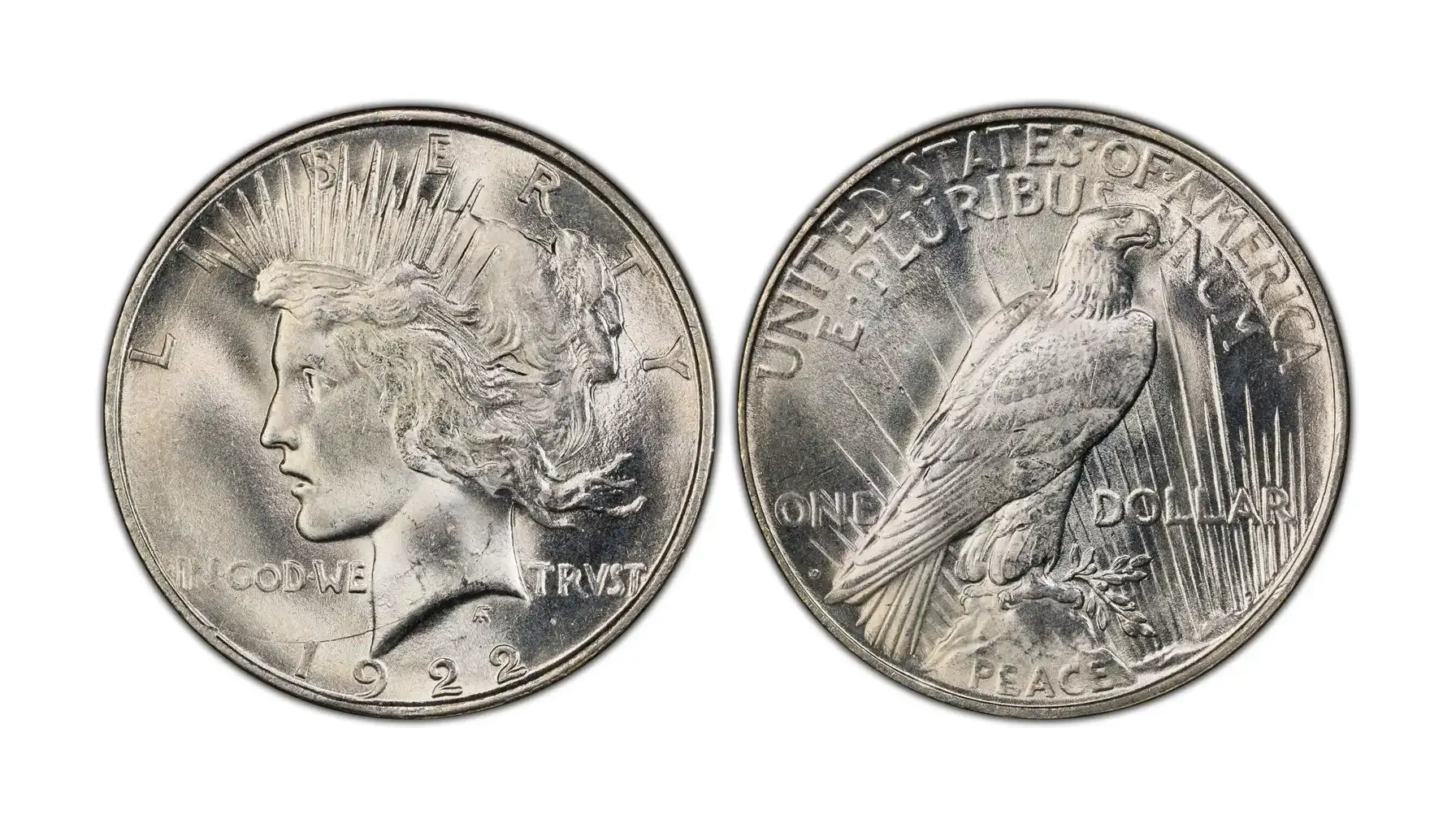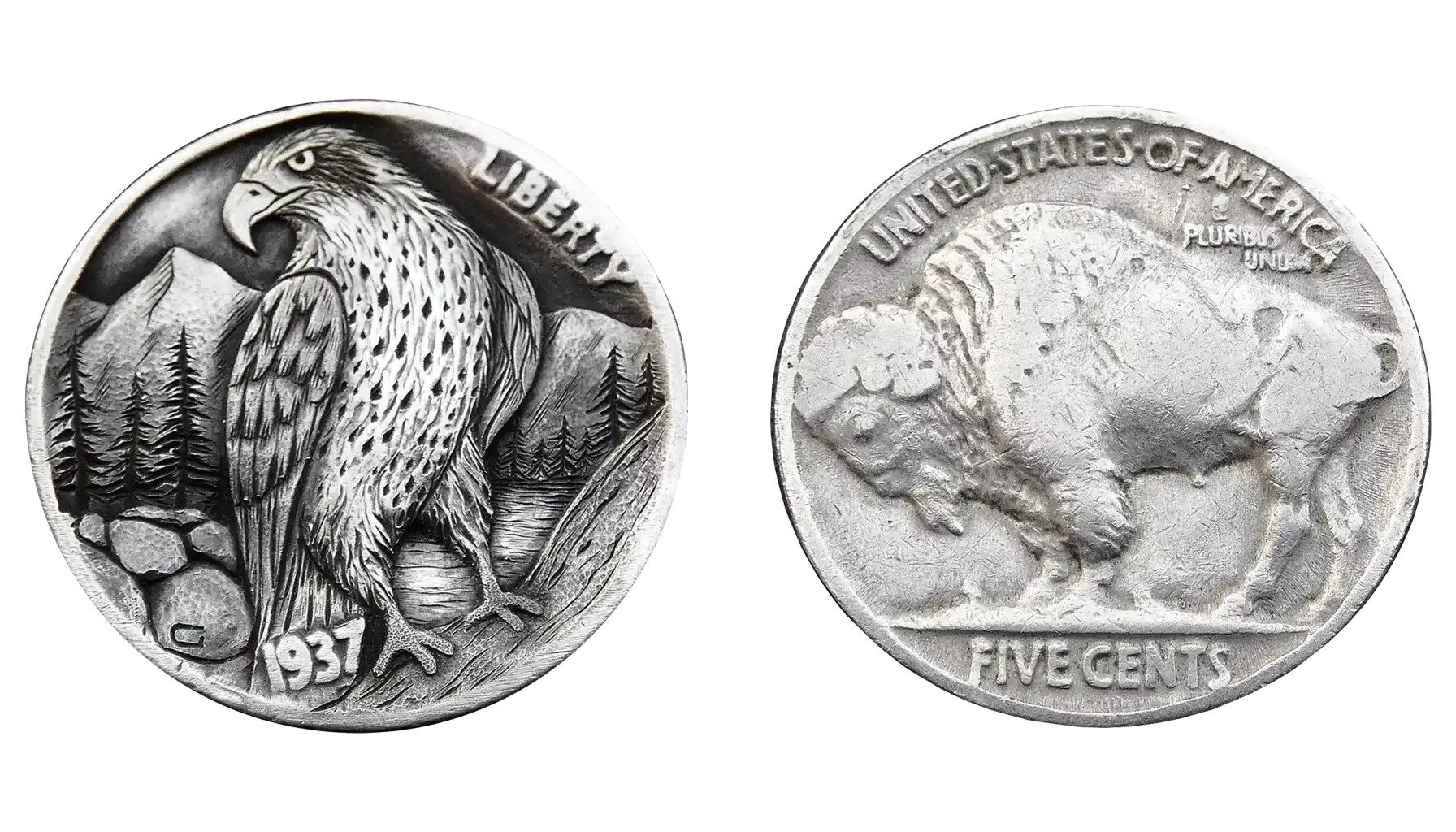Contents:
You pull an old coin from your pocket one day and see a date long past – it is just another 1960 penny. It is worn, it is a bit dull, and it is easily overlooked. But should you take a closer look at this instance, the story trapped inside this relic is gradually unraveling. Could it be an elusive treasure you would like to insert in the collection?
What if this tiny copper coin held a secret? Let us turn this material into an old coin value checker and explore the main traits and other relevant details, too. Know your collection and never miss a chance to make it worthy.
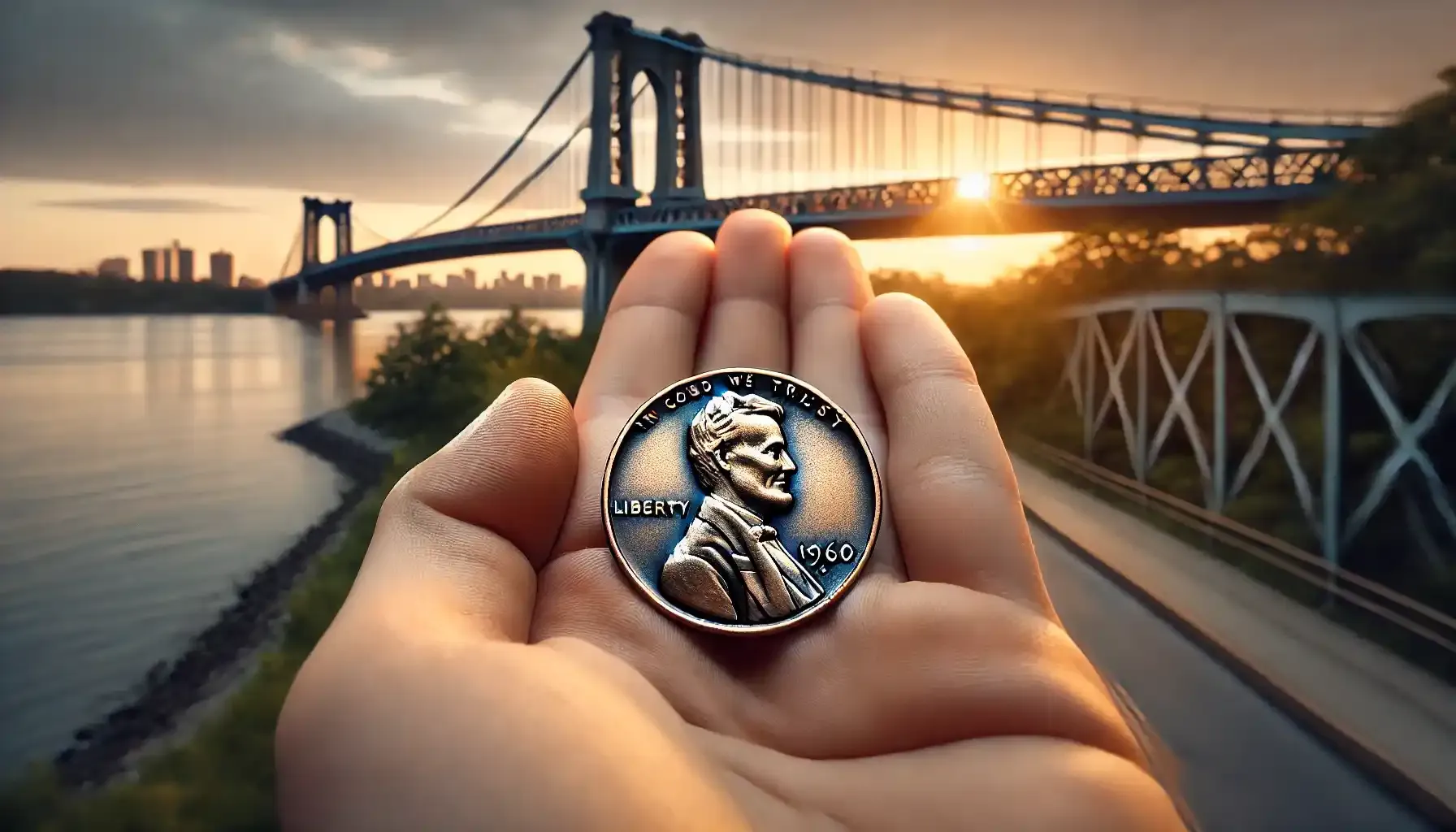
What Makes a Penny from 1960 So Special?
At first glance, a 1960 penny appears to be any ordinary copper coin of a moderate 1960 penny worth, with the familiar Abraham Lincoln profile on the obverse and the Lincoln Memorial on the reverse side. These coins have become highly sought-after collectibles thanks to a small peculiarity that is concealed inside this seemingly normal year of minting: the Large Date and Small Date varieties.
Millions of pennies were struck in 1960 at the US Mints in Philadelphia and Denver; however, they featured two slightly different designs. Inexperienced eyes would hardly perceive the differences, though they can be trained. The "Small Date" edition may boast more compact numerals, i.e., the "6" and "0" look higher and tighter. In contrast, the numerals in the "Large Date" variant are wider, and the "0" is positioned lower and more open.
Why is this important? Since some of these Small Date variations, particularly those in perfect condition, are far rarer than their Large Date counterparts, curiosity is set off by scarcity and the sense of exclusivity. In certain cases, a 1960 Small Date penny might actually fetch hundreds of dollars! A regular coin might become a modest treasure when you look for unusual patterns and proper peculiarities captivating for you and your collection.
In fact, this was an inadvertent oddity caused by a little error in the die that struck the coins. Nevertheless, like many other numismatic anomalies, what started out as a mistake became a challenge for collectors and an excuse to examine every 1960 penny more than once. The magic and the value of the 1960 penny lie in the details.
Spotting the Difference – The Main Characteristics of a 1960 Penny
Finding the smallest details that set a 1960 cent apart from other numismatic instances is a real challenge (and the excitement) for collectors. The Large Date and the Small Date are the two primary types that are associated with the year 1960. Nevertheless, the place of origin also matters.
Small Date vs. Large Date
The date numbers represent the most significant distinction between the two types. Here is what one should look for:
Small Date: The numbers, especially the "1," "9," "6," and "0," are positioned close to each other, and, thus, they seem more compact. As a rule, the "6" is higher and more evenly aligned with the "1" and "9." The "0" is located higher and closer to the "6," and it is smaller and rounder than usual.
Big Date: The numbers look bigger in general and these are dispersed farther apart. The "6" falls beyond the baseline of the other numbers and is notably lower. Compared to the Small Date variant, the "0" is positioned lower and has a wider, more oval shape.
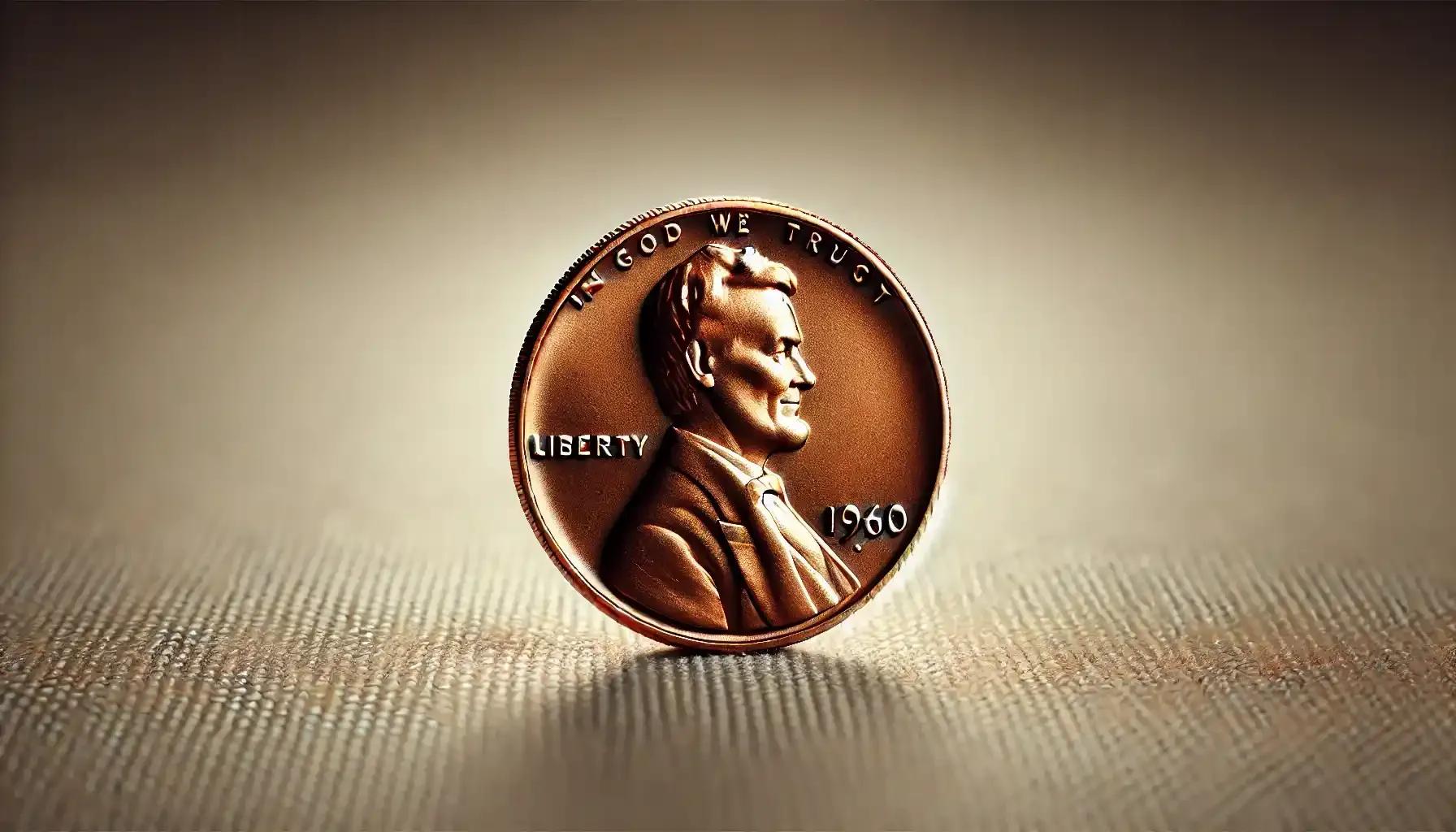
Mint Marks – Philadelphia vs. Denver
The 1960 pennies were mainly produced by two minting locations, and it is usually indicated by a little letter beneath the year. Those instances minted in Philadelphia bear no mint mark, while Denver instances have a "D" mint mark.
By the way, Large Date and Small Date variations were made by both mints, although the 1960 D Small Date penny value is typically higher thanks to its rare nature.
Related article: Most Valuable 2000 Sacagawea Coins.
Coin Condition – Why It Matters
While verifying the date type is crucial, the grade or condition of a coin also has an impact on its worth. Keep an eye out for sharp details. A coin in superior condition is indicated by clearly defined lines and inscriptions. Besides, a coin's allure is increased by its gleaming, pristine surface. Finally, the potential value of a 1960 penny increases with the degree of wear on Lincoln's profile and the Lincoln Memorial's details.
How About the 1960 Penny Value?
An apparently common penny can have an unexpected worth, and this is one of the most thrilling parts of coin collecting. The variation, mint mark, and condition of the 1960 penny are far more significant factors in assessing its worth than the coin's date.
The Value of Different Varieties
1960 Small Date Penny Value: The most sought-after Small Date variant comes from the Denver Mint. The worth of these pennies, when in circulation, ranges from $5 to $25. The value may go up to $100 or more if it is in uncirculated condition, which means it is nearly immaculate and pristine. As an illustrative example, a 1960 D Small Date penny of superior quality previously brought almost $3,000 at auction!
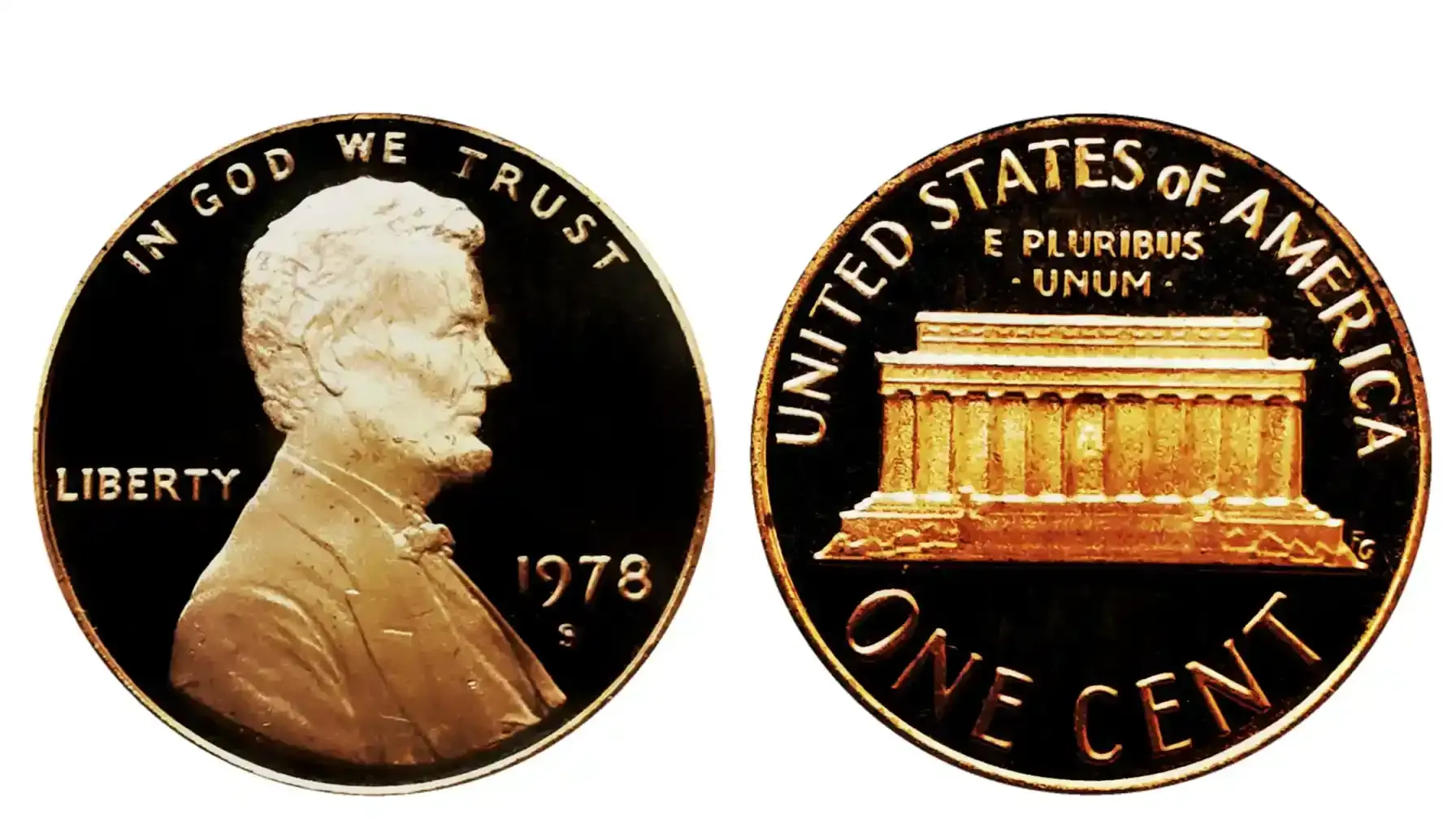
1960 Large Date Penny Value: Unless it is in near-perfect condition, the Large Date variant is more common and typically worth face value. Nevertheless, a Large Date penny that is uncirculated might still sell for $10 to $20.
Estimated Values Chart
Variety | Condition | Estimated Value |
1960 Small Date (No Mint Mark) | Circulated | $3 – $10 |
1960 Small Date (No Mint Mark) | Uncirculated | $20 – $100+ |
1960-D Small Date | Circulated | $5 – $25 |
1960-D Small Date | Uncirculated | $50 – $300+ |
1960 Large Date (No Mint Mark) | Circulated | Face Value (1¢) |
1960 Large Date (No Mint Mark) | Uncirculated | $5 – $20 |
1960-D Large Date | Circulated | Face Value (1¢) |
1960-D Large Date | Uncirculated | $5 – $20 |
Could You Spot a 1960 Penny Worth Money?
Is a 1960 penny worth anything? Think you have an eye for detail? Despite its somewhat mundane appearance, the penny 1960 value can vary greatly based on little things. Let us test your abilities! See if you can find the valuable 1960 pennies concealed in your collection by taking this short quiz.
Quiz: Which 1960 Penny is Worth More?
The Date Challenge
Examine the date of your 1960 cent carefully. Which of the following descriptions best fits your coin?
A: The numbers are compact; the "0" is tighter and the "6" is higher. |
B: The numbers are dispersed and broad, with the "6" sagging below the "1" and "9" baselines. |
Answer: If you chose A, you have a Small Date penny, which is the more valuable variety. |
The Mint Mark Mystery
Look beneath your penny's date. Can you see a letter?
A: A tiny "D" is present, indeed. |
B: The date is not followed by a letter. |
Answer: You might possess a precious 1960 D Small Date penny if you selected A (a "D" mint mark) and your coin may also boast a Small Date! |
Coin Condition Check
What would you say about your penny's general state?
A: It is shiny, with crisp details and minimal wear. |
B: It is worn and dull, with faded details. |
Answer: Should you select option A, your penny is in uncirculated condition and might sell for a lot more money. A 1960 D Small Date cent might even bring you over $100! |
Scan Your Coins – You Never Know What You Might Find
Imagine having the power to assess the penny from 1960 worth and the rarity of a coin in your pocket right away without the need for a magnifying lens, guesswork, or countless guides. That is precisely what the Coin ID Scanner app may do.
Coin ID Scanner is a new yet promising application that helps one swiftly and precisely identify coins. What this app can do comes down to quick coin recognition which is to display the type, minting year, mint mark, condition, and possible worth of any coin you own. The Coin ID Scanner handles all the work for you. A great assistant living in your phone.
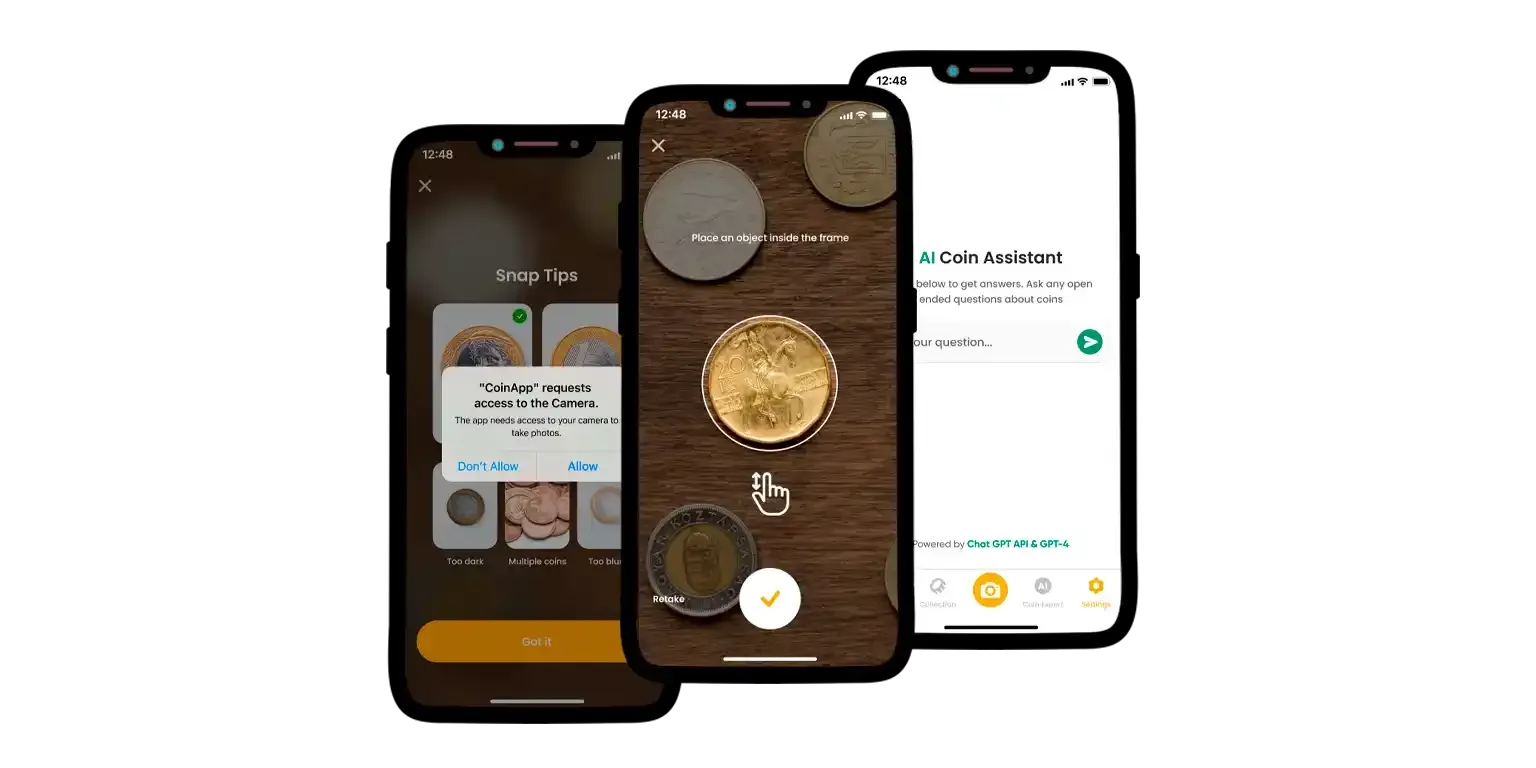
No more looking at coin catalogs or overly focusing on the tiniest details. The software will instantly determine the type and variety of your coin once you take a clear picture of it. Determine the value of your coin using current market data. Find out whether you are holding a regular penny or a precious item valued at hundreds of dollars.
Utilize the app to catalog and arrange your collection. Keep track of your rare finds and make plans to find additional coins. All in all, Coin ID Scanner has been designed to make coin identification easy, quick, and fun for collectors of all skill levels.
Download Coin ID Scanner today — because every coin deserves a second look!

